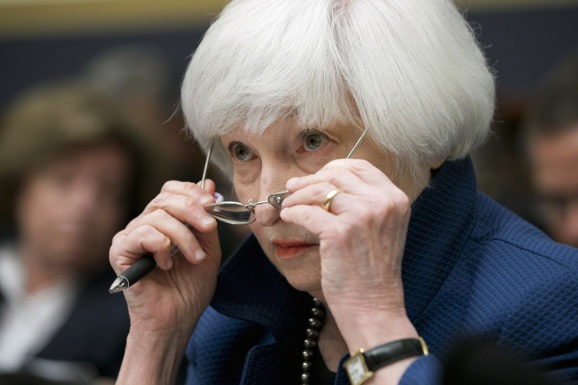As Janet Yellen is expected to pass confirmation as the next Treasury secretary, her plans for climate change represent a new approach for an inter-governmental solution to address climate change. Her support for a carbon tax has been well documented after her Fed chairmanship and is part of a comprehensive economic strategy to address the climate crisis. Beyond the dynamics of carbon pricing, Treasury has a number of tools which they can deploy on markets in the next four years.
Regardless of her credentials as perhaps the most qualified nominee for Treasury secretary in living memory, she will face an uphill battle. Given that climate change is an inter-generational problem, she will want her policies to last beyond President Biden’s term.
Free Market Approach for Long-Lasting Climate Policy:
To pay for the Biden administration’s expansive $1.9 trillion recovery plan, Yellen has an opportunity to fund green projects with a unique set of solutions. Green bonds are an obvious tool that can meet the needs of both climate activists and more conservative non-interventionalists who want Treasury to remain concerned with its traditional mandates.
Yellen will have markets on her side thanks to historically low interest rates set by the Fed. If she can implement the right policies now, she can jump start the green recovery set forth by the Biden Administration.
Three Dynamics for a Successful Green Bond Programme:
- Issue Green Bonds at Minimal Basis Points Higher than 10, 20, or 30 year bonds. The search for a safe asset has plagued institutional investors and governments for the past three years as global negative yields offer zero or negative returns on invested capital. A green bond yielding ~1.3% or marginal above the 10-year note would bring in an unprecedented amount of institutional capital.
- Exempt Interest Income on Green Bonds In the fight for bipartisan support and longevity of the programme, federal income tax exemption on the interest payments of the bonds would receive support from Republicans and further increase interest from institutional buyers
- Prioritization of Green Bills Over T-Bills in coordination with Fed Asset Purchase Programmes If 2020 taught us anything about monetary policy, it’s that the mandate of the Fed can be expanded in times of crisis. This is most evident by the Fed’s purchase of junk bonds during COVID.Once green bonds have been issued en masse, Treasury and the Fed could coordinate asset purchases and prioritize green bond purchases. If the Fed wanted to implement quantitative easing, a prioritization for green bond purchases during FOMC asset purchase would not only serve as an adequate tool for monetary policy, it would further increase demand and long-term security for green bonds.
While many across the aisle may voice strongly worded opposition to Treasury and the Fed meddling in climate change, there is more than enough precedent for these minimal measures to transpire. At the end of the day, these are minimal measures that have little effect on industry, satisfy and even promote conservative and free-market ideology, and have significant impact on a crucial first step in fighting climate change. If Yellen wants to implement long-lasting climate change policies, she only has to speak with the softest of suggestions to have even greater impact than wielding a big stick.
